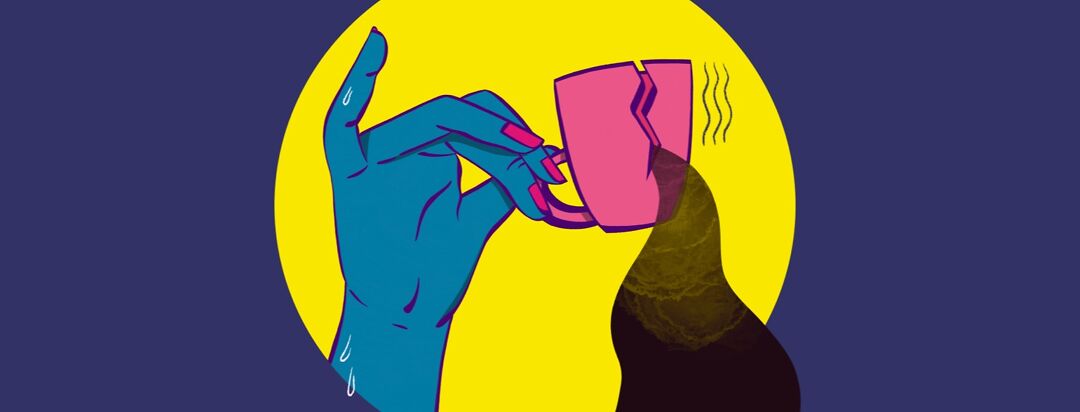Sweats, Chills, and Fatigue
Have you ever felt like blood cancer takes most of your energy, and all you have is the leftovers? I have been a leukemia patient since 2011. I have felt as if my energy is in a leaky cup with leukemia drinking from the bottom.
Fighting blood cancer takes a lot of energy
There is little left for me.
Ever have that racing heart? The sweats and chills? You might be just sitting there, and out of the blue, a wave hits. It brings you down. You need more energy than you have, the reserves are empty, and the fatigue hits. All you’ve got is the leftovers. I think many blood cancer patients can relate.
It takes large amounts of energy to fight blood cancer. Our bodies are working over time. I never know if it is the disease or the treatment I’m reacting to.
Major treatment changes
Since 2011 I have had three major treatment changes. I’ve gone from Gleevec to Sprycel, Sprycel to Nilotinib, and Nilotinib back to Sprycel. Over the years I have had to speak to my oncologist about my tolerance to these treatments. There were times when my bloodwork was good, but my quality of life was suffering.
It’s a balancing act.
My telltale signs of a failing treatment: sweats, chills, and fatigue
There are telltale signs for me when treatment is failing. I get bruises. They look like thumbprints, which can be embarrassing. They usually appear on my arms, my stomach, and/or my legs. I get mouth sores that sting, and make it difficult to eat. Then there are rashes and opportunistic infections on broken skin.
When I spoke to my oncologist about the sweats, chills, and fatigue, I was sure to mention the bruising, rashes, and infections. We followed up with blood work. Sure enough, my leukemia numbers were up. It was time for another change.
We came up with a plan.
When I make plans with my oncologist I always consider my comfort zone, what I am willing, and not I’m not willing to do. The list is never written in stone. Over the years I’ve been amazed at how much I am willing to do.
My plan to keep fighting
Our plan looked like this…
- First, a three week treatment break. I have had three treatment breaks since 2011. The longest treatment break was three whole months. I don’t know the significance number three plays into all this, but there it is.
- Second, get down to baseline to see what we were dealing with, and how my heart is doing through it all. Lots of bloodwork and an EKG.
- Third, begin new treatment and follow-up. Blood tests every two weeks, and another EKG.
I'm partly a lab rat
It’s a commitment, and I’m all in. Sometimes I feel like a lab rat, or guinea pig, through all this. It doesn’t feel as bad as it sounds (it's sort of dark humor). I know the data will be put to good use.
This time I’m trying Asciminib (Scemblix). It was FDA approved just a few years ago. It might be the treatment I’ve been waiting for. A treatment that gives me fewer side effects and a better quality of life.
I’m hoping for a full metabolic response that lasts. My oncologist doesn’t use the word remission, but I can hope for it anyway.
How have you dealt with failing treatment? Let me know in the comments below. Thanks for reading.

Join the conversation